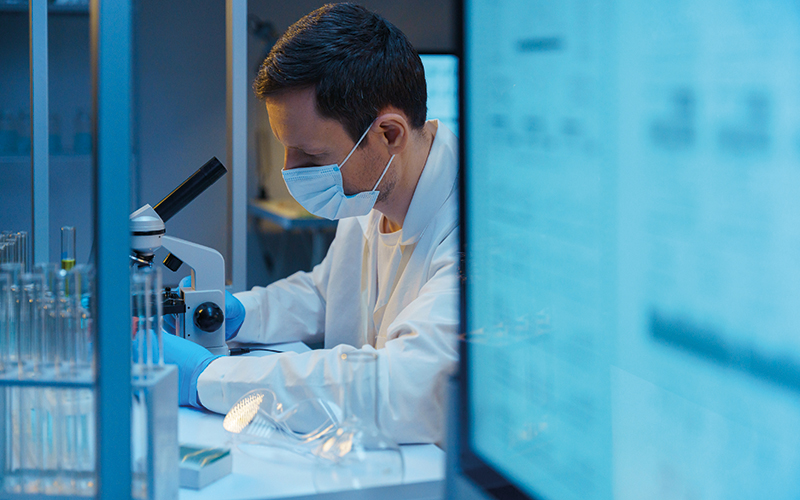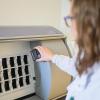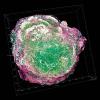A new AI tool interprets medical images with unprecedented clarity, according to the results of a new study.

The tool, called iStar (Inferring Super-Resolution Tissue Architecture), was developed by researchers at the University of Pennsylvania.
They believe that it can help diagnose and better treat cancers that might otherwise go undetected.
The imaging technique provides highly detailed views of individual cells and a broader look at the full spectrum of how people’s genes operate to identify cancer cells that might otherwise have gone undetected.
This tool can be used to determine whether safe margins were achieved through cancer surgeries and automatically provide annotation for microscopic images, paving the way for molecular disease diagnosis at that level.
The team said the iStar has the ability to automatically detect critical anti-tumour immune formations called “tertiary lymphoid structures,” whose presence correlates with a patient’s likely survival and favourable response to immunotherapy.
They claim that iStar could be a powerful tool for determining which patients would benefit most from immunotherapy.
iStar was developed using spatial transcriptomics – a relatively new field used to map gene activities within the space of tissues.
To test the efficacy of the tool, iStar was evaluated on cancer tissue types, including breast, prostate, kidney, and colorectal cancers, mixed with healthy tissues.
Within these tests, iStar was able to automatically detect tumour and cancer cells that were hard to identify just by eye.
Image credit | iStock




